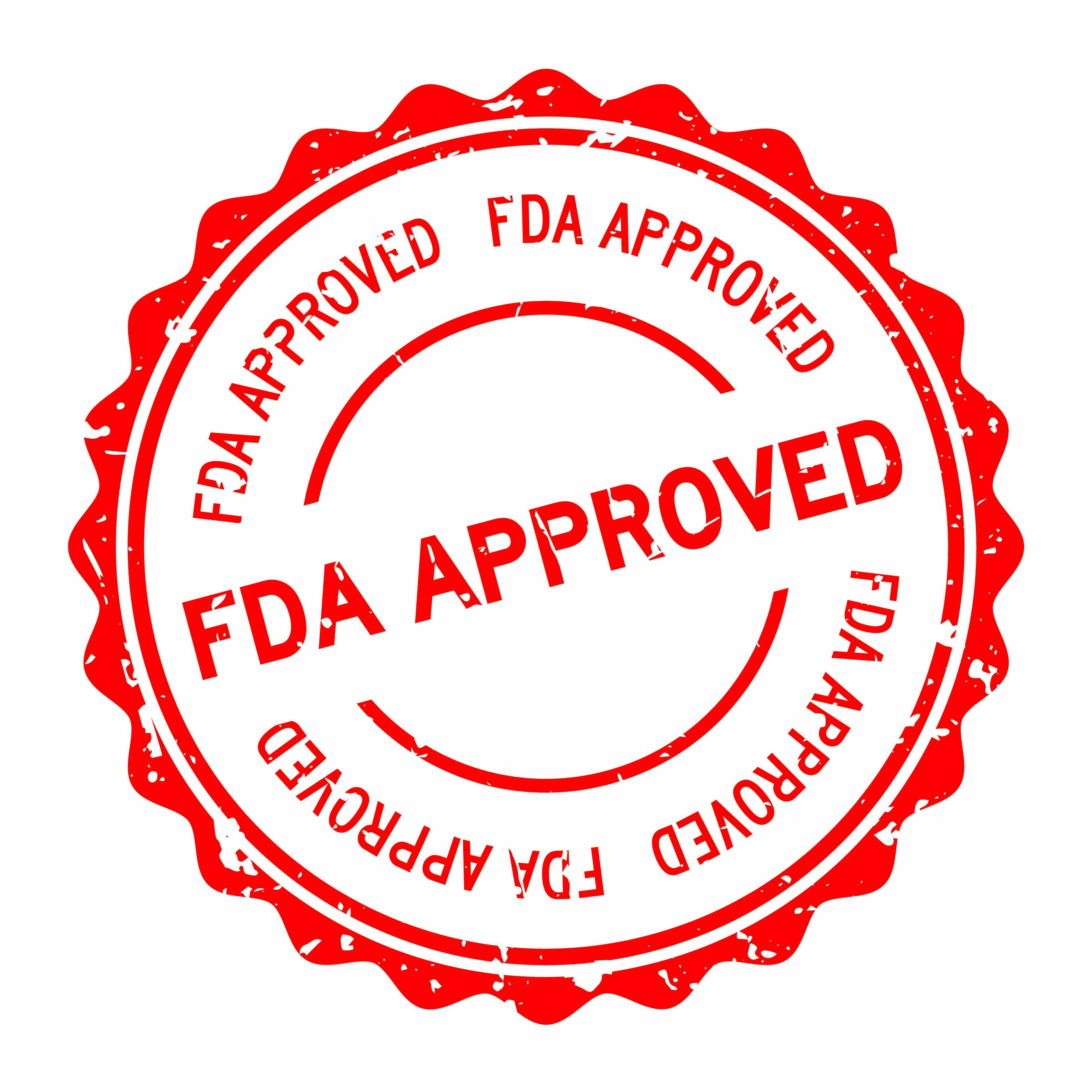Sun burn consequences and sunscreen recommendations for children
Wendy Ripple, MD, provides suggestions for sunscreens in the pediatric population.
Wendy Ripple, MD, Department of Pediatrics, Allegheny Health Network, Erie, Pennsylvania, joined Contemporary Pediatrics to discuss sun safety tips as the summer season approaches, and as children are typically outside more often.
Transcription (edited for clarity):
Contemporary Pediatrics:
What are some consequences of sun burn in children both in the short- and long-term?
Wendy Ripple, MD:
So acutely, a sunburn is a burn, and with burns, especially if you are small and have a larger body surface area burned, that can lead to dehydration. Burns can get secondarily infected. So those would be the acute problems that I would see. Down the line, the burns, obviously, every single sunburn that you have over your life kind of accumulates and increases your risk for developing skin cancer as you get older. In addition, we photo age, so we destroy the collagen and under our skin with not even sunburn, suntans and exposure. When we do that, we're going to develop fine lines and wrinkles, and we're going to look older and then our stated age.
Contemporary Pediatrics:
What pearls regarding sun safety and/or sunscreen can you offer for providers?
Ripple:
The first thing is, I would recommend a mineral blocker. We are moving away from the SPF readings to something that will say "broad spectrum" so parents should buy and look for sunscreen that says broad spectrum, those sunscreens will have minerals in them like zinc oxide and titanium dioxide. Those are inert minerals, you'll find all of those in the sensitive skin sun products. Those block the UVA rays, and the UVB rays, so they prevent both. One problem that people have with sunscreen is they don't put on enough of it. So if you are an adult sized person, you should use one ounce to cover the whole body, which is about the amount in a shot glass. I think people forget ears a lot, because as kids get older, you see a lot of freckling on the ears because they stick out of the hats. Remember that you can get UV damage to the eyes so sunglasses are also important. Lips, those are also important, so you can use lip balms that have SPF in it.I think the biggest thing that has come down the pipeline more recently, are tinted sunscreens. When you use these mineral sunscreens, they leave a really nice bright white residue all over you and people do not like that even for their babies and so now we have tinted sunscreens. The tint that they use in them are compounds of iron oxide, which have been used in makeup products for a long time and so you have the cosmetic effect of it blending into the skin because you can pick a tint. But, they're finding that the iron oxide also blocks visible light, which some of the newer preparations of the zinc and titanium do not block. So that prevents dark marks especially in people with darker skin, or melasma, not necessarily in the pediatric population, but perhaps in the mothers who have just had babies. They're finding that maybe these iron oxides also might do some pretty radical scavenging that prevent reactive oxygen compounds in the skin from causing further indirect damage. So I think the big thing is if you're going to grab a mineral sunscreen that you should probably grab one that has a little bit tint in it now. I have never seen one labeled as baby yet, but they are all considered sensitive skin because the iron oxide components that are in them are pretty non allergenic. There has been like one or two reports of somebody having an allergic reaction to a tinted sunscreen but I'm not sure if it was that component. They are supposed to be non-reactive, non-allergenic, they work on any skin type. They're non-comedogenic they don't cause acne. One other good thing is it's a good vegan alternative for people who are looking for that in their sunscreen as well.
Recognize & Refer: Hemangiomas in pediatrics
July 17th 2019Contemporary Pediatrics sits down exclusively with Sheila Fallon Friedlander, MD, a professor dermatology and pediatrics, to discuss the one key condition for which she believes community pediatricians should be especially aware-hemangiomas.


















